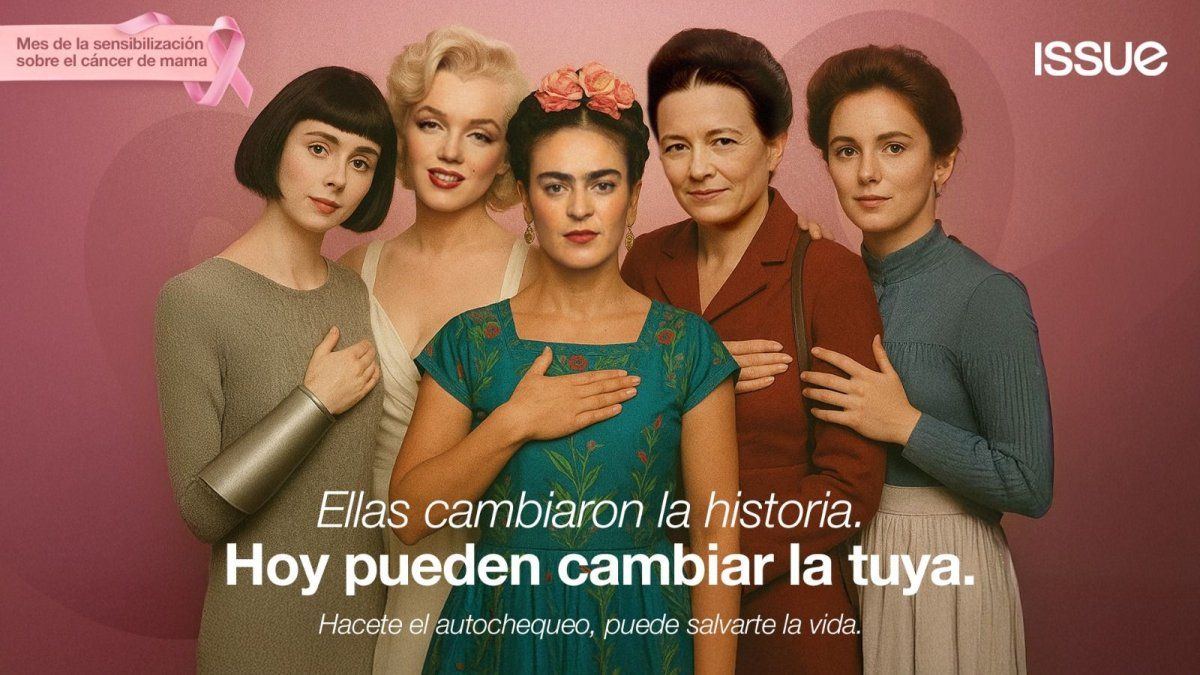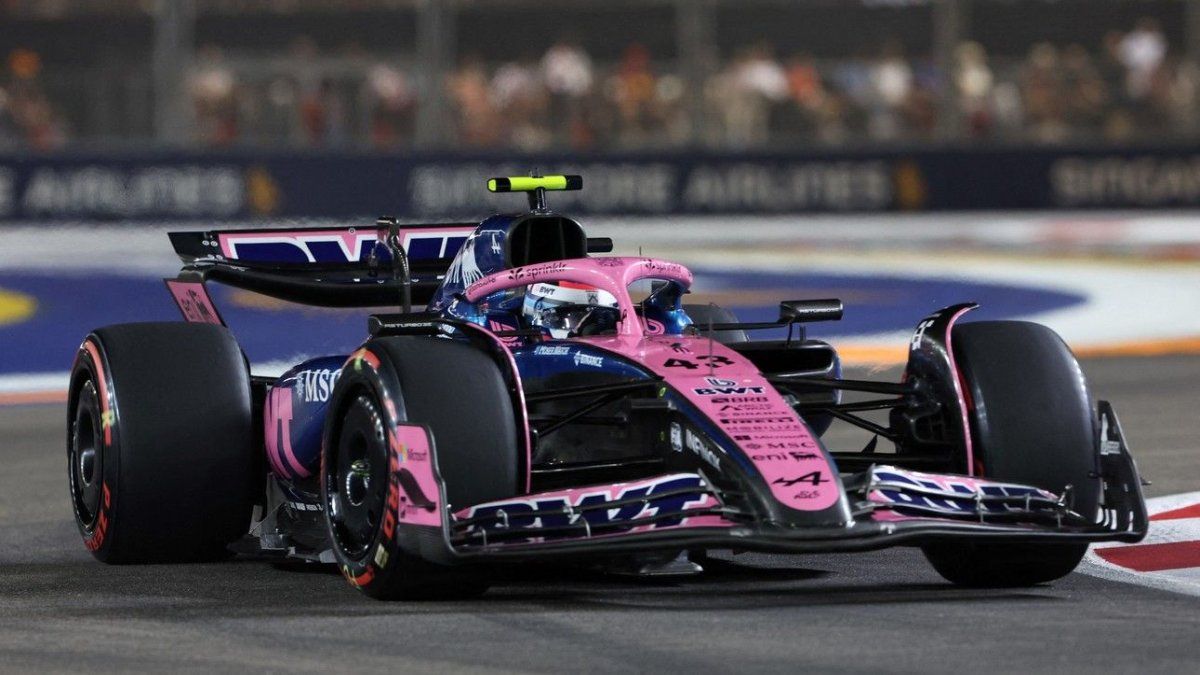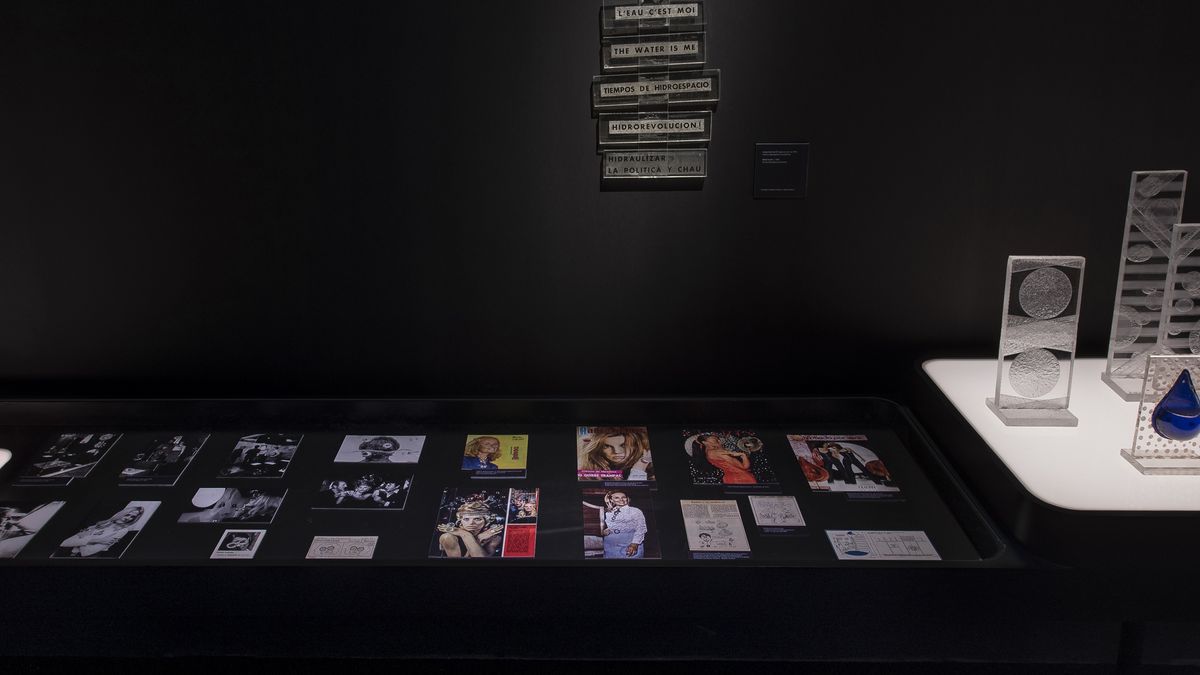I am an author and journalist who has worked in the entertainment industry for over a decade. I currently work as a news editor at a major news website, and my focus is on covering the latest trends in entertainment. I also write occasional pieces for other outlets, and have authored two books about the entertainment industry.
Menu
The Planetarium, the best stage for a futuristic artist
Categories
Most Read
Breast cancer awareness: they donate free mammograms so that women can access their annual check-up
October 16, 2025
No Comments
Britney Spears responds to her ex-husband Kevin Federline for accusing her of being an “absent mother”
October 16, 2025
No Comments
The perfect town in Buenos Aires for food lovers: typical dishes and a dream environment
October 16, 2025
No Comments
“The Diplomat”: Netflix launches its third season and this is what you need to know if you haven’t seen it yet
October 16, 2025
No Comments
One year after Liam Payne’s death: what his last days were like in Argentina
October 16, 2025
No Comments
Latest Posts

Bananas in Buenos Aires: how to combat the allergies caused by this tree in spring
October 16, 2025
No Comments
Every spring, plane trees are an inseparable part of the urban landscape. With their leafy crown and their resistance to heat, they became icons of

Breast cancer awareness: they donate free mammograms so that women can access their annual check-up
October 16, 2025
No Comments
In Argentina, around 6,000 deaths from breast cancer and it about 22,000 new cases are diagnosed. Although breast cancer cannot always be prevented or cured,

Formula 1 US Grand Prix schedule with Franco Colapinto: days, times and how to watch it
October 16, 2025
No Comments
October 16, 2025 – 13:07 With the Argentine driver present, day 19 of the Formula 1 world championship takes place this weekend. Photo: AP With
24 Hours Worlds is a comprehensive source of instant world current affairs, offering up-to-the-minute coverage of breaking news and events from around the globe. With a team of experienced journalists and experts on hand 24/7.

